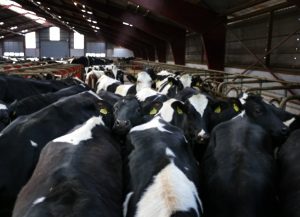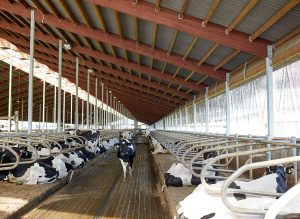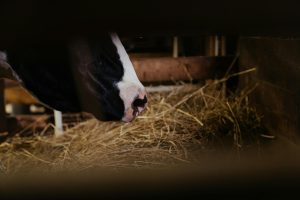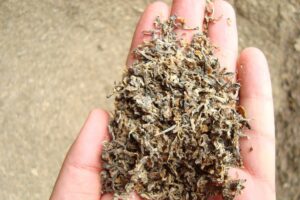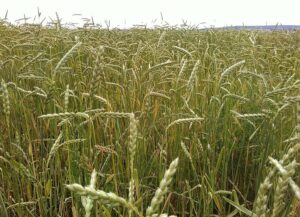Joaquin Ventura & Fernando Diaz
Biting and sucking flies are a serious problem for livestock around the world. Insects act as vectors of numerous diseases and cause discomfort to animals, reducing their feed intake and increasing their stress, which in turn results in a decline in production and significant economic losses. In 2015, Kaufman and Weeks estimated losses resulting from the presence and biting of the stable fly, Stomoxys calcitrans, to be $2.2 billion annually in the US alone. On the other hand, Taylor et al. (2012) estimated annual losses on US dairy production to be between $360 and $925 million per year.
Species of flies
In addition to S. calcitrans, two other species of flies also affect cows’ milk production and health: the horn fly (Haematobia irritans) and the face fly (Musca autumnalis). The first is a biting insect, such as S. calcitrans, while M. autumnalis feeds on body secretions (mucous membranes of the eyes or in milk dripping from the teat) or blood from open wounds on the skin by, among other causes, the bites of S. calcitrans and H. irritans.
Use of leggings in cows
The stable fly bites mainly on the legs of the animal (while the horn fly does it mostly on the back, flanks and belly). Researchers from the University of Minnesota (USA) and the Bavarian Animal Health Service (Germany) conducted a study, published in the Journal of Dairy Science, with the goal to test whether the use of equine-specific leggings in cows managed to protect them from bites and discomfort caused by flies. For this purpose, 80 animals grazed together were included in this experiment randomly assigned to two groups, control and leggings.
Periodic counts of the number of flies of the species S. calcitrans and H. irritans were performed on the cows and four types of animal behaviors to be able to scatter the flies were observed and counted: kicking the ground, shaking the head, shaking the skin and tail movements.
The main observations were as follows:
- The total number of flies per cow was higher in those that wore leggings compared with those not wearing them (40.1 vs. 37.7 flies/cow).
- The number of horn flies (H. irritans) per cow was higher in those wearing leggings than in those not wearing them (26.4 24.1 flies/side).
- The number of stable flies (S. calcitrans) was similar for all animals, with no significant differences between the group with leggings and the control group (12.8 flies/leg).
- The counts of head shakes, skin shakes, and tail flicking were similar in the cows of the control group and the cows with leggings (2.6 vs. 3.1; 20.9 vs. 19.6; 21.3 vs. 19.3). Only the behavior of kicking the ground was significantly less common in legging-wearing cows than in the control group (39% less frequent).
Conclusions
Although, according to Mottet et al. (2018), leggings were effective in horses to reduce the frequency of the behaviors of kicking the ground and shaking the head to scatter the flies, the present study with cows only showed the effectiveness of leggings to reduce the behavior of kicking the ground.
Although the use of leggings in cows failed to reduce the number of flies on animals, the 39% reduction in ground kicking behavior suggests leggings may provide some relief from stable fly bites in grazing cows.
References
- Kaufman PE, Weeks ENI. Stable Fly, Stomoxys calcitrans. University of Florida. 2015. (05/02/2020)
- Mottet, R. S., R. D. Moon, M. R. Hathaway, and K. L. Martinson. Effectiveness of stable fly protectants on adult horses. J. Equine Vet. Sci. 2018. 69:11-15.
- Perttu RK, Heins BJ, Phillips HN, Endres MI, Moon RD, Sorge US. Short communication: Effects of mesh leggings on fly pressure and fly avoidance behaviors of pastured dairy cows. J Dairy Sci. 2020 Jan;103(1):846-851.
- Taylor DB, Moon RD, Mark DR. Economic impact of stable flies (Diptera: Muscidae) on dairy and beef cattle production. J Med Entomol. 2012 Jan;49(1):198-209.
© 2021 Dellait Dairy Knowledge Center. All Rights Reserved.




